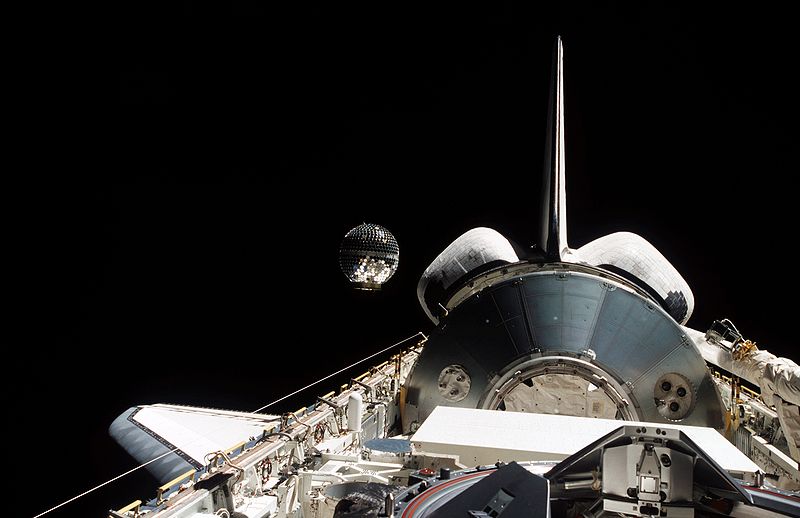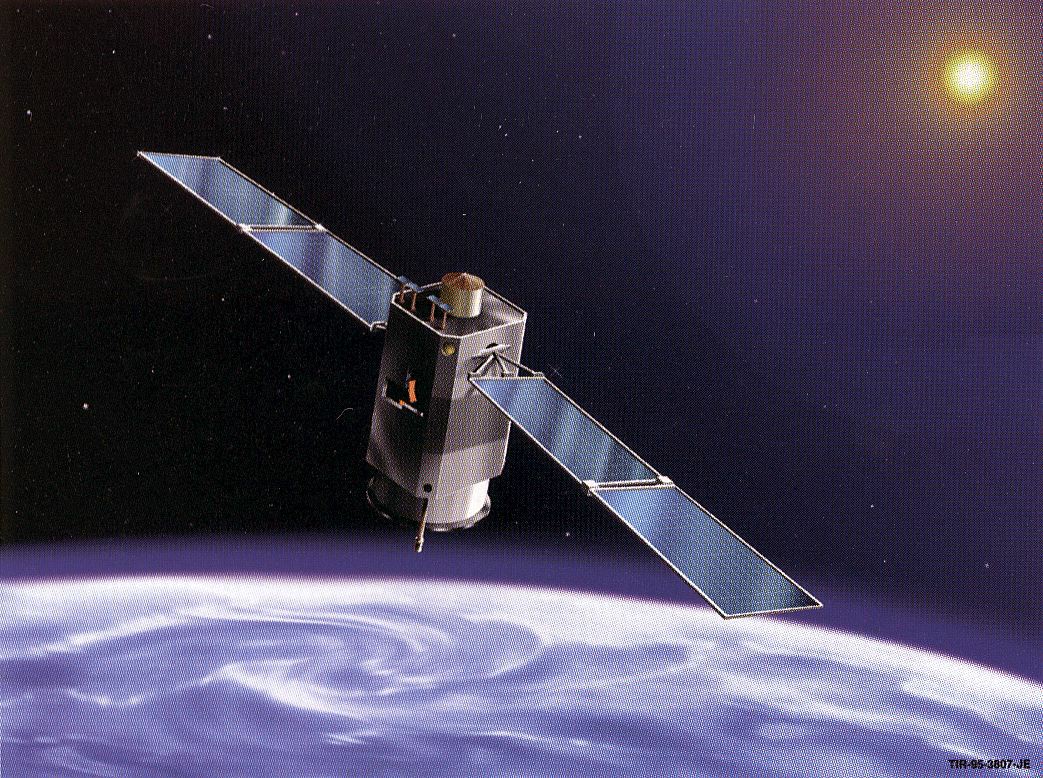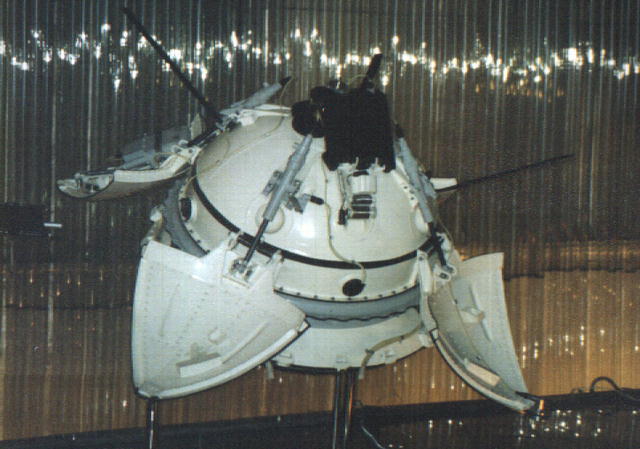Forty-five years ago today — December 22, 1966 — the HL-10 made its first flight at the Dryden Flight Research Facility at Edwards AFB.

(The HL-10 coming in for its first landing. NASA image.)
The HL-10
was built by the Northrop Corporation as a “heavy” lifting body. “HL” stands for horizontal landing, and “10” refers to the tenth design studied by engineers at NASA’s Langley Research Center, Hampton, Va.
NASA research pilot Bruce Peterson made the first flight, which uncovered serious control problems in the craft. Solving those and similar problems on the various lifting body designs eventually made the Space Shuttle possible.
On a personal note, I love the fact that I got to live and work where all of this took place. Many years after the fact, of course, but it still had a high coefficient of “awesomosity.”


















